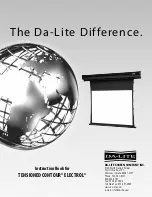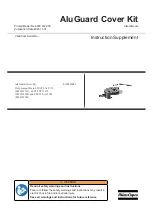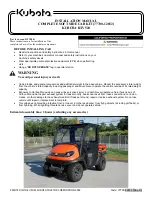
12
Burns:
If burns are caused, treat them accordingly. Also in this case, it is strongly
advised that the persons affected receive medical attention.
Respiratory tract:
Leave the room immediately in the event of intensive smoke generation or
if gas is released. Seek medical attention if considerable smoke or gas has
been inhaled or if irritation of the airways is experienced. Ensure adequate
ventilation.
Swallowing:
Rinse the mouth and around the mouth with water. Seek medical attention
immediately.
Fire-fighting measures
Fires involving Li-ion batteries can, in principle, be fought with water. No
special extinguishing agents are necessary. Fires in surrounding areas in
the proximity of the batteries can be fought with conventional extinguishing
agents. A burning Li-ion battery does not need to be considered separately
from a surrounding fire. The cooling effect of water effectively impedes the
spread of fire to battery cells which still have not reached the critical ignition
temperature (“thermal runaway”). The fire load can be reduced by separating
large quantities and transporting these away from the danger zone.
Measures in the event of leakage
Electrolyte may leak out if the battery casing is damaged. Seal leaking
batteries in an airtight plastic bag or cover them in dry sand, chalk powder
(CaCO3) or vermiculite. Traces of electrolyte can be soaked up with dry
paper towels. When doing so, wear protective gloves in order to avoid
skin contact. Rinse thoroughly with water. Use personal safety equipment
appropriate for the situation (protective gloves, protective clothing, safety
mask, breathing protection).
Storage
Always carefully observe the warnings on batteries and the operating
instructions for devices and other applications. Use only the recommended
battery types.
When storing large quantities of Li-ion batteries, consult the local authorities
and insurers.
Disposal instructions
To avoid short circuits and associated heating, Li-ion batteries should never
be stored or transported in bulk form and without protective measures.
Suitable measures to avoid short circuits include:
• Placing the batteries in the original packaging or in a plastic bag
• Masking the contacts, e.g. using adhesive insulating tape
• Embedding in dry sand
Printed: 17.12.2015 | Doc-Nr: PUB / 5261757 / 000 / 00













































